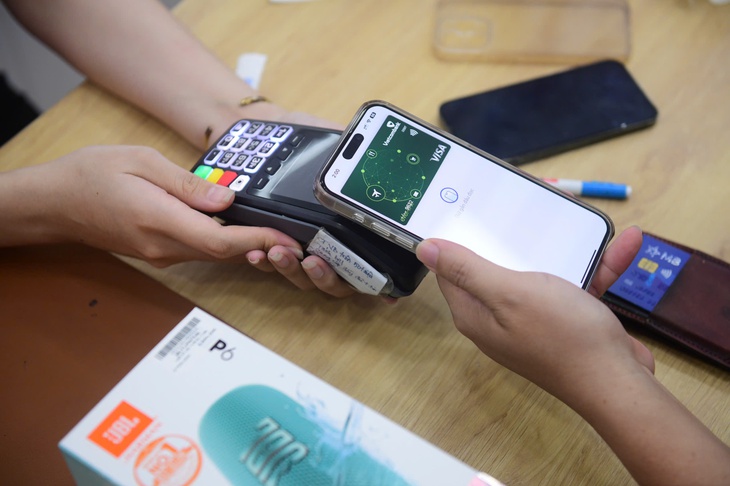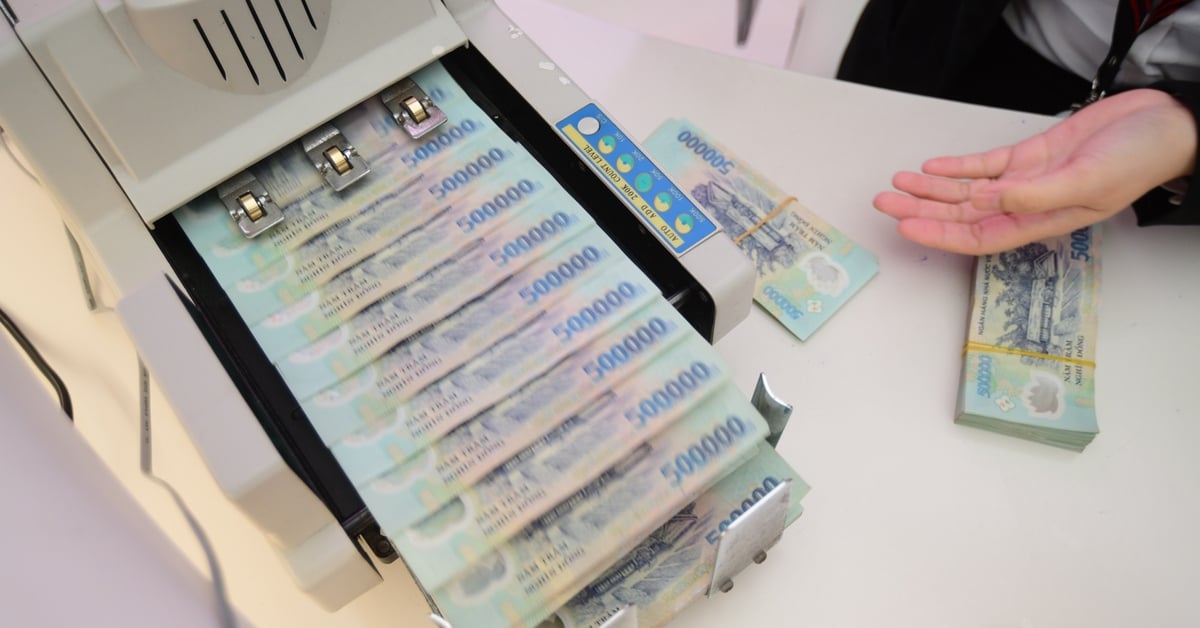Doubtful debt increased by times
According to statistics in the Financial Report for the third quarter of 2023, as of September 30, 2023, the total bad debt at 28 commercial banks was about VND 210,238 billion, an increase of 52% compared to the beginning of the year.
Notably, group 4 debt (doubtful debt) at some banks increased by several times, such as Bac A Bank increased 3.8 times, Eximbank increased 3.2 times,...
Meanwhile, group 5 debt (debt with the possibility of losing capital) at many banks tends to decrease, such as VIB decreased by 46% to 1,309 billion VND; ABBank decreased by 40% to 842 billion VND; Kienlongbank decreased by 36% to 413 billion VND...
Many banks have bad debt/outstanding debt ratio exceeding 3% such as: VPBank (5.74%), VietBank (4.06%), BVBank (3.56%), SHB (3.21%)...
Accordingly, at the end of the third quarter, total group 4 debt (doubtful debt) increased sharply by 119%, group 3 debt (substandard debt) increased by 69% and group 5 debt (debt with the possibility of losing capital) increased the lowest at 12%.
Sharing with Nguoi Dua Tin, Dr. Le Xuan Nghia, economic expert, member of the National Financial and Monetary Policy Advisory Council, said that bad debt currently mostly originates from businesses.
However, the Covid 19 pandemic has pushed many businesses into a difficult situation, especially large-scale export businesses or transportation service industries.
The continuous disruption of the global supply chain has caused the economy to fall into a state of stagnant production, leading to large inventories and unsold goods.
Even more sadly, since the pandemic, the economy has not yet had time to "close the wound" when a series of crises lasting from 2020 to the present have once again put businesses in trouble.
The global economy has fallen into a prolonged liquidity crisis, causing most businesses to fall into a very difficult liquidity situation.
The Russia-Ukraine conflict broke out, causing major crises such as the energy crisis to erupt and last until now.
In 2022, the "double punch" of the corporate bond crisis and real estate market will once again cause businesses to collapse.
According to Associate Professor, Dr. Dinh Trong Thinh - Economic expert, Senior Lecturer at the Academy of Finance, another reason for the increase in bad debt is that since 2020, the State Bank has allowed commercial banks to extend, postpone, and freeze debt, and not raise the bad debt group for businesses.
Thus, businesses that cannot pay their debts and have to write off their debts in the near future will almost all become bad debts.
The risk protection shield is eroded
Although many banks have actively strengthened their shields - risk buffers, due to the rapid increase in bad debt, in the third quarter, up to 27 banks had a bad debt coverage ratio that decreased compared to the beginning of this year, and large banks were no exception.
According to statistics at 28 banks that reported their business results in the third quarter of 2023, the total balance of loan risk provisions for customers increased by 16.7% compared to the beginning of 2023, to nearly VND 200,000 billion.
BaoVietBank is a rare bank that recorded a bad debt coverage ratio increase of 0.8% compared to the beginning of the year to 30%.
On the contrary, banks with the sharpest decrease in bad debt coverage ratio are MB down 116.1%; TPBank down 88%; LPBank down 74.6%, Sacombank down 66.8%, ACB down 64.7% and Techcombank down 64.3% compared to the beginning of the year.
The consolation for banks is that the risk provision coverage ratio after 9 months is still quite high. Of which, MB reached 122%, ACB reached 94.6%, Techcombank reached 93%, LPBank reached 67%, Sacombank reached 64.2% and TPBank reached 47%.
Sharing the same situation with the above banks, BIDV, Vietinbank, and Bac A Bank also had their bad debt coverage ratios decrease in the first 9 months of this year, with decreases of 58.5%, 15.9%, and 59.6%, respectively.
However, the bad debt coverage ratio of these banks remains relatively high. Of which, Vietinbank reached 172.4% by the end of the third quarter of 2023, BIDV reached 158.4% and Bac A Bank reached 144.2% compared to the beginning of this year.
Although it has decreased by nearly 50% compared to the beginning of the year, Vietcombank is still the bank with the highest bad debt coverage ratio in the industry, reaching more than 270% at the end of September.
However, compared to the end of 2022, when 10 banks achieved a bad debt coverage ratio exceeding 100%, by the end of September 2023, only 5 banks exceeded this threshold: Vietcombank, MB, Vietinbank, BIDV, Bac A Bank.
Bad debt cannot be improved quickly
Mr. Le Xuan Nghia said that in the current context, the banking system needs a methodical, long-term strategy to handle bad debt.
Experts recommend that banks need to restructure their assets, restructure their customers, and have policies to treat each group of customers appropriately.
Predicting the development of bad debt in the banking industry in the coming time, Mr. Nghia said that bad debt cannot be improved quickly, it is a medium-term problem.
Manufacturing and business enterprises need time to recover, they have to meet new customers, new projects, new orders. However, in the coming time, enterprises may continue to encounter difficulties.
For example, Europe's greenhouse gas emissions reduction reporting or Singapore's carbon tax could put exporters in a difficult position.
Associate Professor, Dr. Dinh Trong Thinh - Economic expert commented that from now until the end of the year, bad debt will continue to increase.
The reason can be mentioned that this year some businesses, industries, and business fields lack orders, production and business activities are not good, so borrowing and paying debts are difficult. When debts are due and businesses are unable to pay, raising the debt group is inevitable .
Thu Huong
Source






























































































Comment (0)